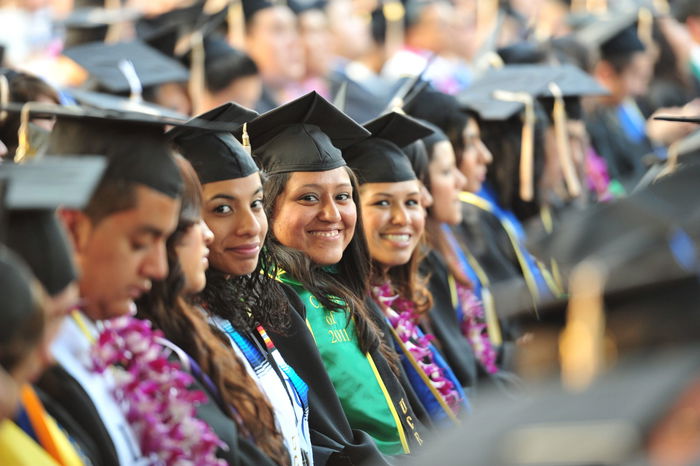
Making College Work for Students and the Economy
JFF research finds that states have made progress in adopting several essential policy elements, but critical gaps remain that are undercutting talent development aims and contributing to persistent disparities in education and employment outcomes. JFF…



